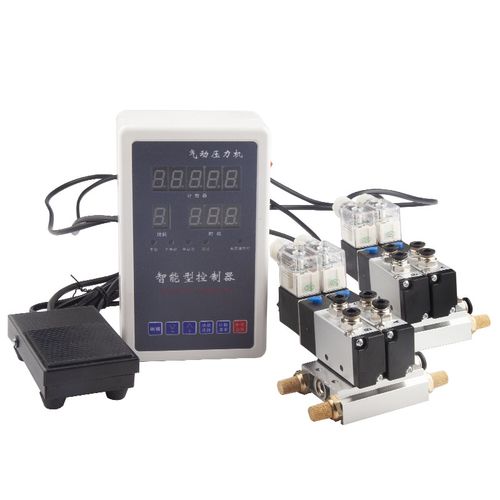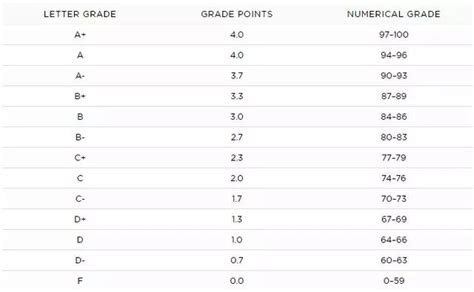Title: Programming Flex Cylinder for Efficient Automation

Programming Flex Cylinder for Efficient Automation
Flex cylinders, also known as pneumatic telescopic cylinders or extendable pneumatic cylinders, are crucial components in automation systems, providing controlled linear motion for various industrial applications. Efficient programming of flex cylinders optimizes their performance and enhances overall automation efficiency. Here's a comprehensive guide on programming flex cylinders:
Before delving into programming, it's essential to understand the basic principles of flex cylinders. These cylinders consist of multiple stages that can extend and retract, offering flexible stroke lengths. They operate using compressed air, making them suitable for a wide range of industrial tasks, including lifting, pushing, pulling, and gripping.
1.
Stroke Length
: Determine the required stroke length based on the specific application. Programming should ensure precise control over the extension and retraction of the cylinder to achieve the desired motion.
2.
Speed Control
: Implement speed control to regulate the velocity of the cylinder's movement. This is crucial for maintaining accuracy, especially in tasks that require precise positioning or handling delicate objects.
3.
Acceleration and Deceleration
: Incorporate acceleration and deceleration profiles to achieve smooth starts and stops, reducing wear and tear on the cylinder and associated components.
4.
Position Feedback
: Integrate position feedback sensors to provide realtime position information. This enables closedloop control, ensuring accurate positioning and consistent performance, even in dynamic environments.
5.
Safety Measures
: Implement safety protocols to prevent accidents and damage to machinery. This may include emergency stop functionalities and collision detection algorithms.
Flex cylinder programming can be done using various languages and platforms, depending on the complexity of the automation system:
PLC Programming
: Programmable Logic Controllers (PLCs) are commonly used for industrial automation. Programming languages like ladder logic, function block diagrams (FBD), or structured text (ST) can be employed to control flex cylinders.
Microcontroller Programming
: For smallerscale applications or projects requiring customized control, microcontrollers like Arduino or Raspberry Pi can be programmed using C/C or Python.
Motion Control Software
: Dedicated motion control software packages provide advanced features for programming complex motion sequences and coordinating multiple actuators, including flex cylinders.
1.
Modular Programming
: Break down the control logic into modular components for easier troubleshooting, maintenance, and scalability.
2.
Testing and Validation
: Thoroughly test the programmed sequence in simulation environments or with prototype setups before deployment in the actual production environment.
3.
Documentation
: Document the programming logic, including parameter settings, safety configurations, and troubleshooting procedures, to facilitate future maintenance and modifications.
Efficient programming of flex cylinders is essential for optimizing automation systems' performance, ensuring precise control, and enhancing overall productivity. By considering key programming considerations, utilizing appropriate languages and platforms, and adhering to best practices, engineers can achieve reliable and efficient operation of flex cylinders in diverse industrial applications.











